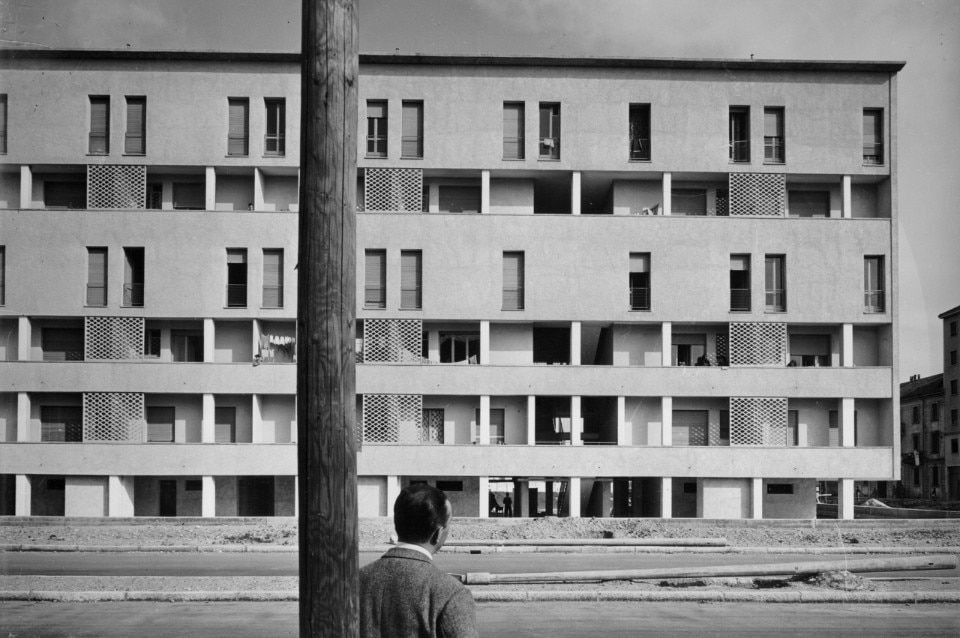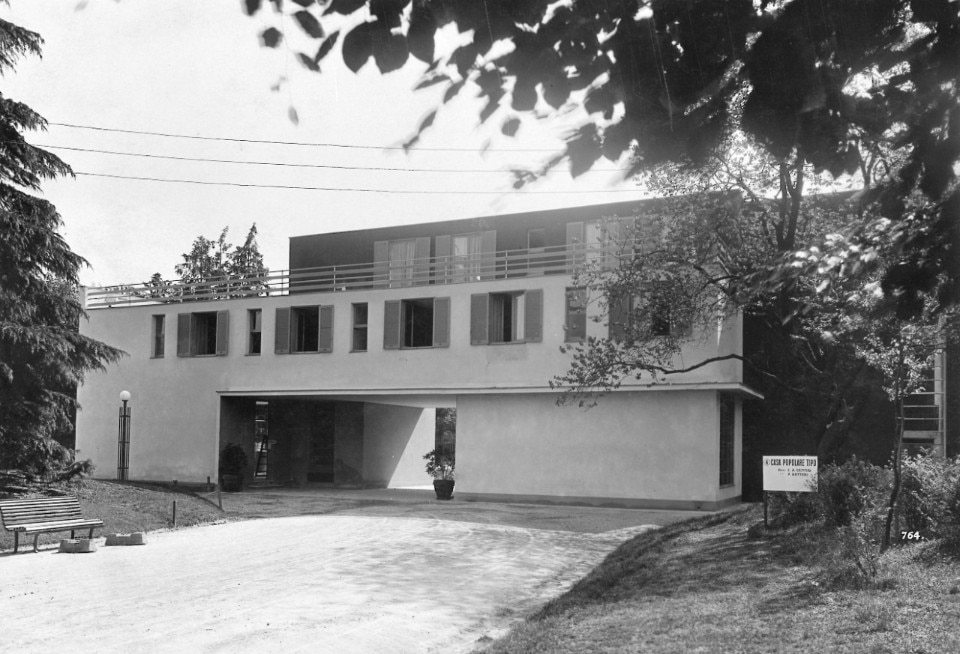This article was originally published on Domus 721, November 1990.
“One really must love Milan to have the courage to know the city and one must really know Milan to love it”. This is what Bottoni said in 1959, synthesizing in a few words the relationship between the architect and his city.
A city whose physical and social reality he knows well and for which he passionately and courageously sustained important political and cultural battles. His convinction of the social function of architecture keeps him constantly involved in the problem of houses and in particular that of public housing: the study on the dwelling unit and technological research go together with the study on urban areas, conceiving the suburbs, not in a condition of exclusion but as a natural expansion of the city projected in a metropolitan area.
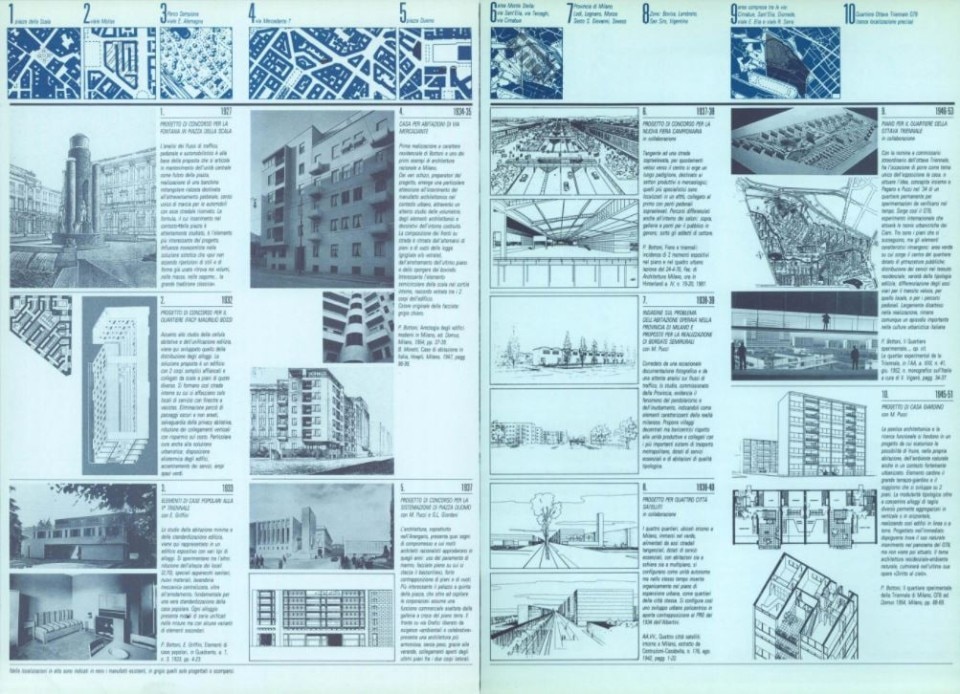
The indissolubility of the couple architecture-town planning brings him to see the city as a unitary organism and not as a sequence of constructions; therefore he doesn't renounce indicating also with single building interventions, new urban models. At the same time, the collective feeling of the profession, privileges more than “the virtuosity of detail and style”, the relationship of balance with the built surroundings to which “the architect must submit himself to gain a notable collective result”.
One really must love Milan to have the courage to know the city and one must really know Milan to love it.
From this the care with which his own work is inserted in the urban context so that it harmoniously integrates without presumptuous impetuosity.
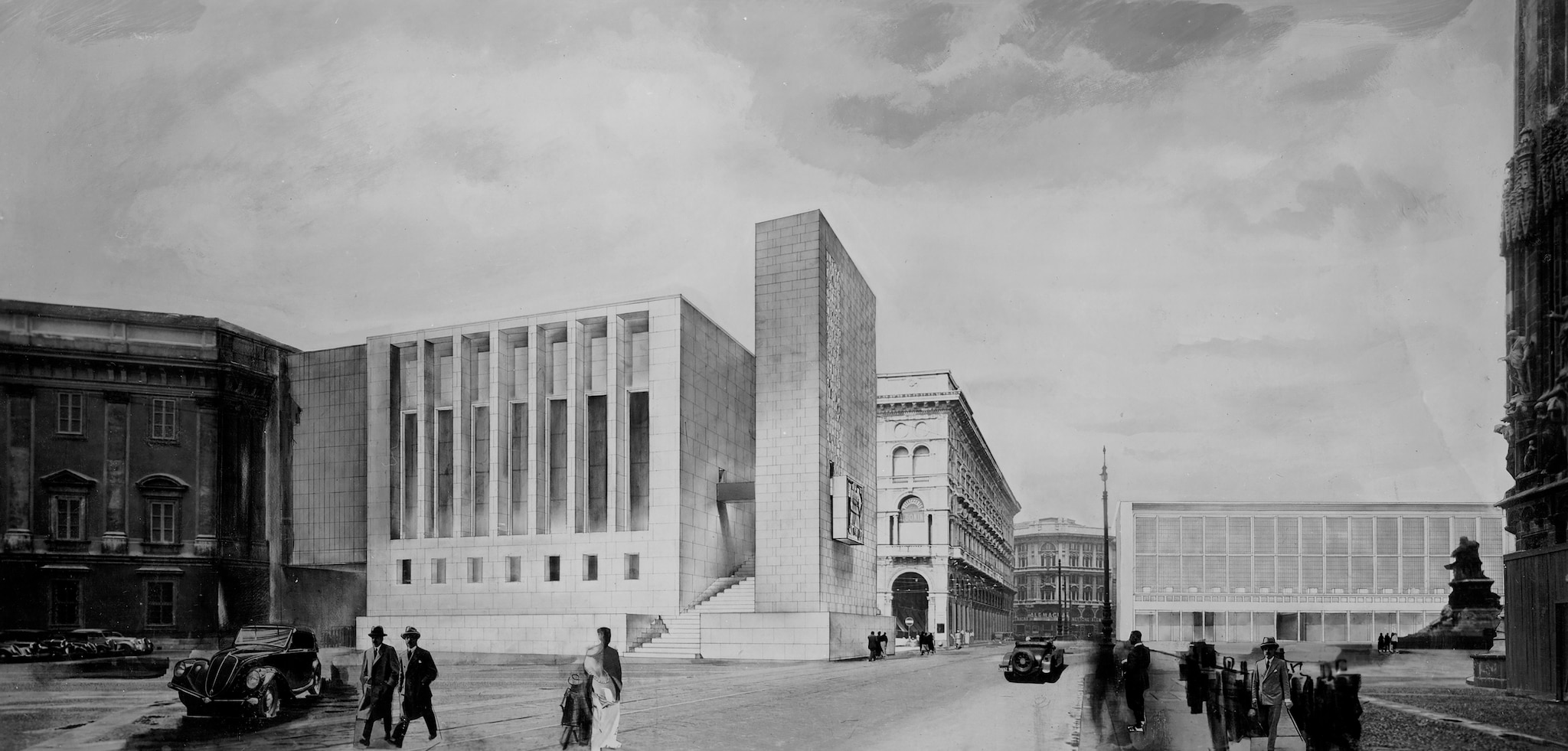
 View gallery
View gallery
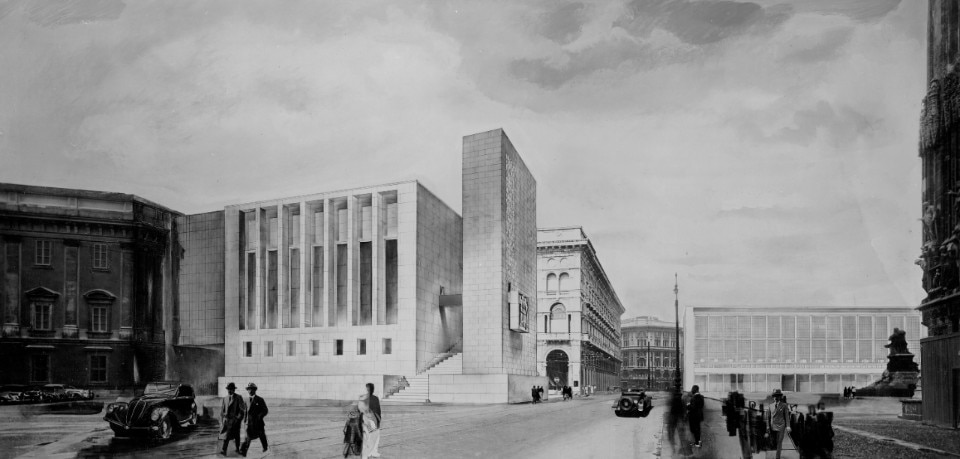
Competition project for the refurbishment of Piazza Duomo
Piero Bottoni with Mario Pucci and Gian Luigi Giordani, Milan, 1937
Courtesy Archivio Piero Bottoni, Dastu, Politecnico di Milano
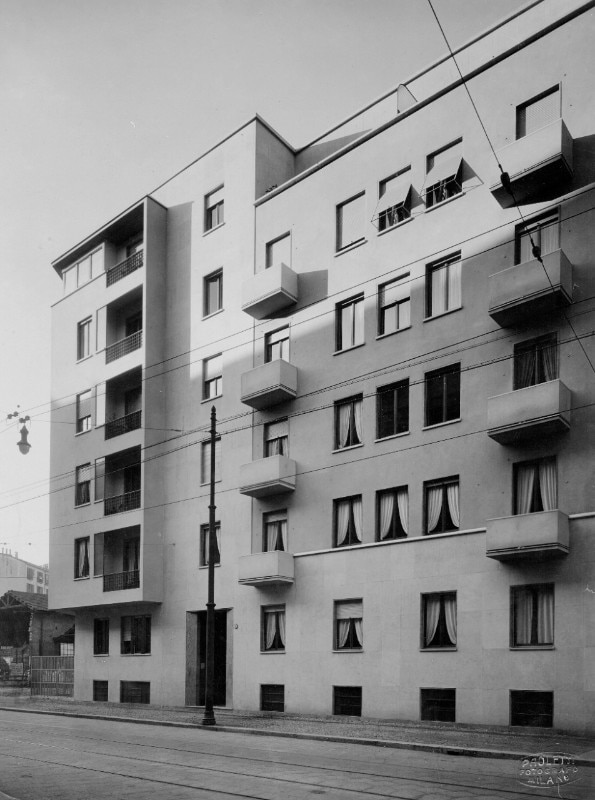
Residential house in Via Mercadante 7
Piero Bottoni, Milan, 1934-35
Courtesy Archivio Piero Bottoni, Dastu, Politecnico di Milano
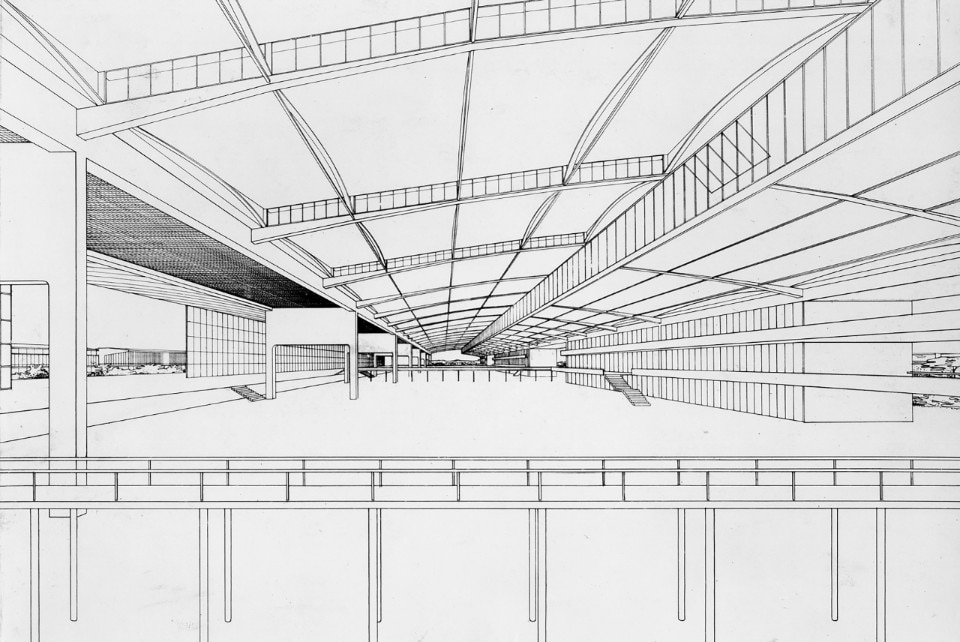
Competition project for the new Trade Fair
Piero Bottoni in collaboration with Pietro Lingeri, Gabriele Mucchi, Mario Pucci and Giuseppe Terragni, Monte Stella area, Milan, 1937-38
Courtesy Archivio Piero Bottoni, Dastu, Politecnico di Milano

QT8, plan for the quarter of the eighth Triennale
Piero Bottoni, Milan, 1953-57
Courtesy Archivio Piero Bottoni, Dastu, Politecnico di Milano
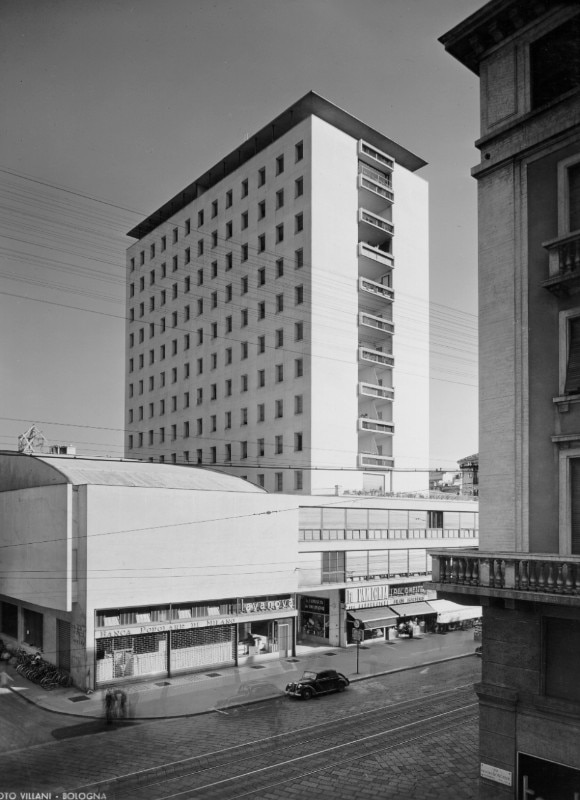
Argentina Palace in Corso Buenos Aires
Piero Bottoni with Mario Pucci and Guglielmo Ulrich, Milan, 1947-59
Courtesy Archivio Piero Bottoni, Dastu, Politecnico di Milano

House in Corso Genova 4
Piero Bottoni with Carlo Turus, Milan, 1949-50
Courtesy Archivio Piero Bottoni, Dastu, Politecnico di Milano

Terraced houses with shops, QT8 district, Via Agrigento 9
Piero Bottoni, Milan, 1950-53
Courtesy Archivio Piero Bottoni, Dastu, Politecnico di Milano
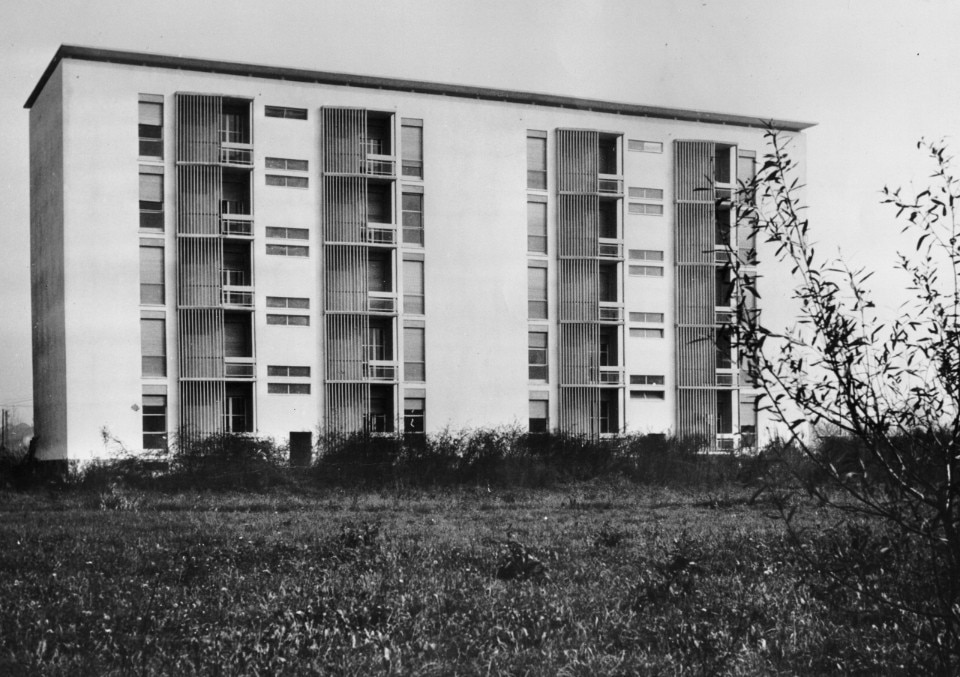
Case Ina-Casa, Vialba district, Via Orsini 70
Piero Bottoni, Milan, 1950-56
Courtesy Archivio Piero Bottoni, Dastu, Politecnico di Milano

Pavilion for exhibitions, QT8 district, Via Pogatschnig
Piero Bottoni, Milan, 1951
Courtesy Archivio Piero Bottoni, Dastu, Politecnico di Milano
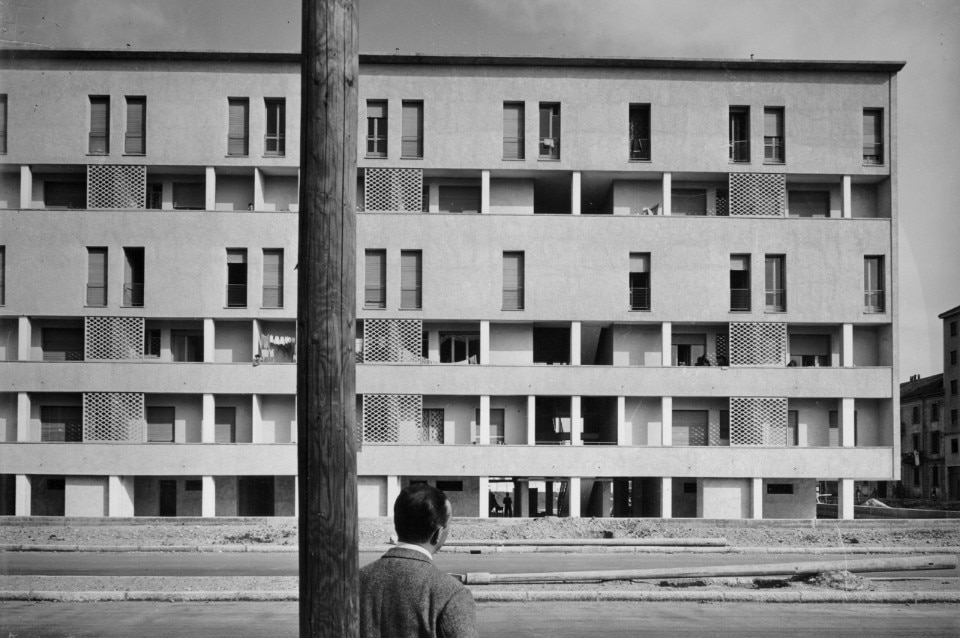
Ina-casa in via San Giusto in the Harar district
Piero Bottoni with Mario Morini and Carlo Villa, Milan, 1951-53
Courtesy Archivio Piero Bottoni, Dastu, Politecnico di Milano

Project for the refurbishment of piazza Fontana
Piero Bottoni, Milan, 1952-55
Courtesy Archivio Piero Bottoni, Dastu, Politecnico di Milano

Incis House in Via Bertinoro 9 at QT8
Piero Bottoni, Milan, 1953-58
Courtesy Archivio Piero Bottoni, Dastu, Politecnico di Milano
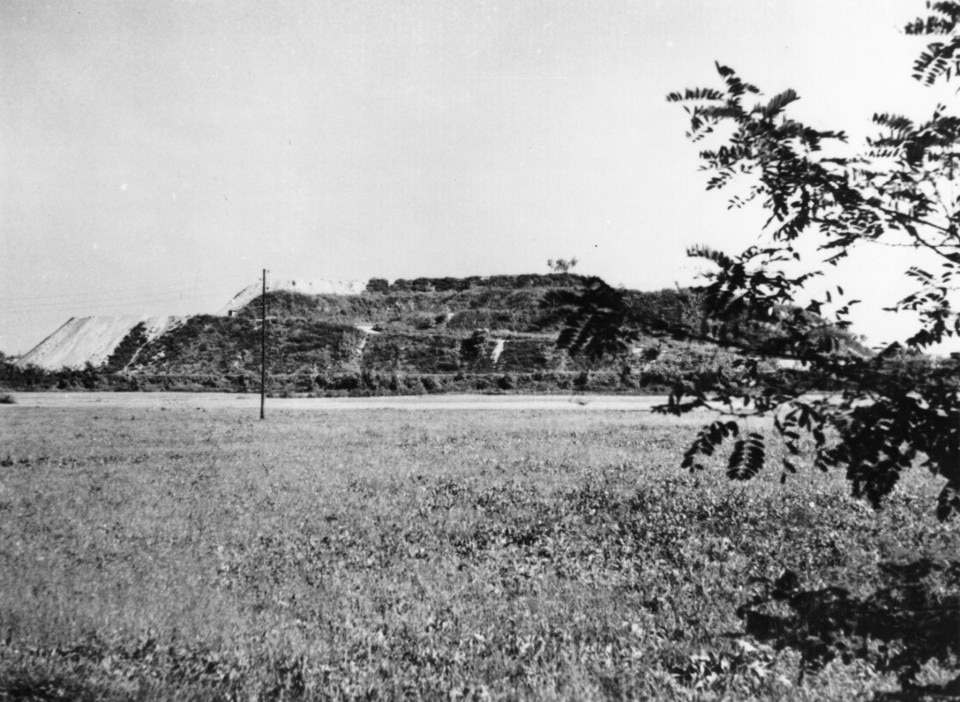
Monte Stella at QT8
Piero Bottoni, Milan, 1953-70
Courtesy Archivio Piero Bottoni, Dastu, Politecnico di Milano
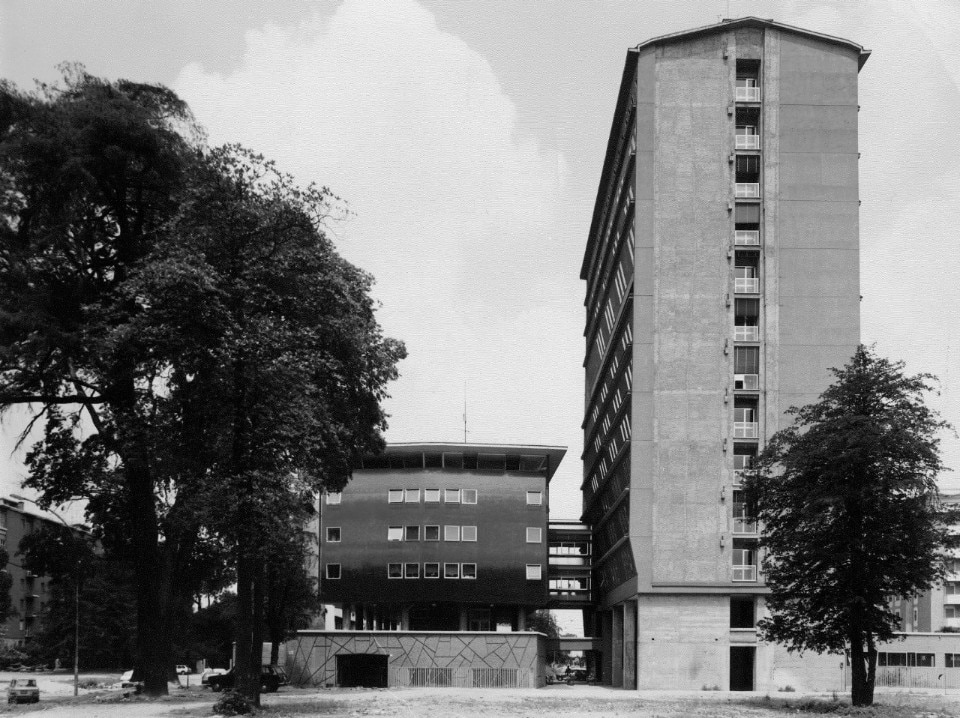
Town Hall of Sesto S. Giovanni
Piero Bottoni with collaborator Antonio Didoni, Milan, 1951-71
Courtesy Archivio Piero Bottoni, Dastu, Politecnico di Milano

Competition project for the refurbishment of Piazza Duomo
Piero Bottoni with Mario Pucci and Gian Luigi Giordani, Milan, 1937
Courtesy Archivio Piero Bottoni, Dastu, Politecnico di Milano

Residential house in Via Mercadante 7
Piero Bottoni, Milan, 1934-35
Courtesy Archivio Piero Bottoni, Dastu, Politecnico di Milano

Competition project for the new Trade Fair
Piero Bottoni in collaboration with Pietro Lingeri, Gabriele Mucchi, Mario Pucci and Giuseppe Terragni, Monte Stella area, Milan, 1937-38
Courtesy Archivio Piero Bottoni, Dastu, Politecnico di Milano

QT8, plan for the quarter of the eighth Triennale
Piero Bottoni, Milan, 1953-57
Courtesy Archivio Piero Bottoni, Dastu, Politecnico di Milano

Argentina Palace in Corso Buenos Aires
Piero Bottoni with Mario Pucci and Guglielmo Ulrich, Milan, 1947-59
Courtesy Archivio Piero Bottoni, Dastu, Politecnico di Milano

House in Corso Genova 4
Piero Bottoni with Carlo Turus, Milan, 1949-50
Courtesy Archivio Piero Bottoni, Dastu, Politecnico di Milano

Terraced houses with shops, QT8 district, Via Agrigento 9
Piero Bottoni, Milan, 1950-53
Courtesy Archivio Piero Bottoni, Dastu, Politecnico di Milano

Case Ina-Casa, Vialba district, Via Orsini 70
Piero Bottoni, Milan, 1950-56
Courtesy Archivio Piero Bottoni, Dastu, Politecnico di Milano

Pavilion for exhibitions, QT8 district, Via Pogatschnig
Piero Bottoni, Milan, 1951
Courtesy Archivio Piero Bottoni, Dastu, Politecnico di Milano

Ina-casa in via San Giusto in the Harar district
Piero Bottoni with Mario Morini and Carlo Villa, Milan, 1951-53
Courtesy Archivio Piero Bottoni, Dastu, Politecnico di Milano

Project for the refurbishment of piazza Fontana
Piero Bottoni, Milan, 1952-55
Courtesy Archivio Piero Bottoni, Dastu, Politecnico di Milano

Incis House in Via Bertinoro 9 at QT8
Piero Bottoni, Milan, 1953-58
Courtesy Archivio Piero Bottoni, Dastu, Politecnico di Milano

Monte Stella at QT8
Piero Bottoni, Milan, 1953-70
Courtesy Archivio Piero Bottoni, Dastu, Politecnico di Milano

Town Hall of Sesto S. Giovanni
Piero Bottoni with collaborator Antonio Didoni, Milan, 1951-71
Courtesy Archivio Piero Bottoni, Dastu, Politecnico di Milano
To illustrate, even summarily, Bottoni’s relationship with Milan, can’t be limited to a description of single achievements. Therefore we have included some projects that haven’t been realized and urbaniStic studies from which even if partial, spring forth proposals for anew city.
Proposals that are taken up in the AR. plan (the urbanistic plan for Milan, worked on with others during the clandes tine period) that itself influenced the debate of reconstruction and the Town Plan of 1953.
Claudio Camponogara, Fernanda Sabatelu
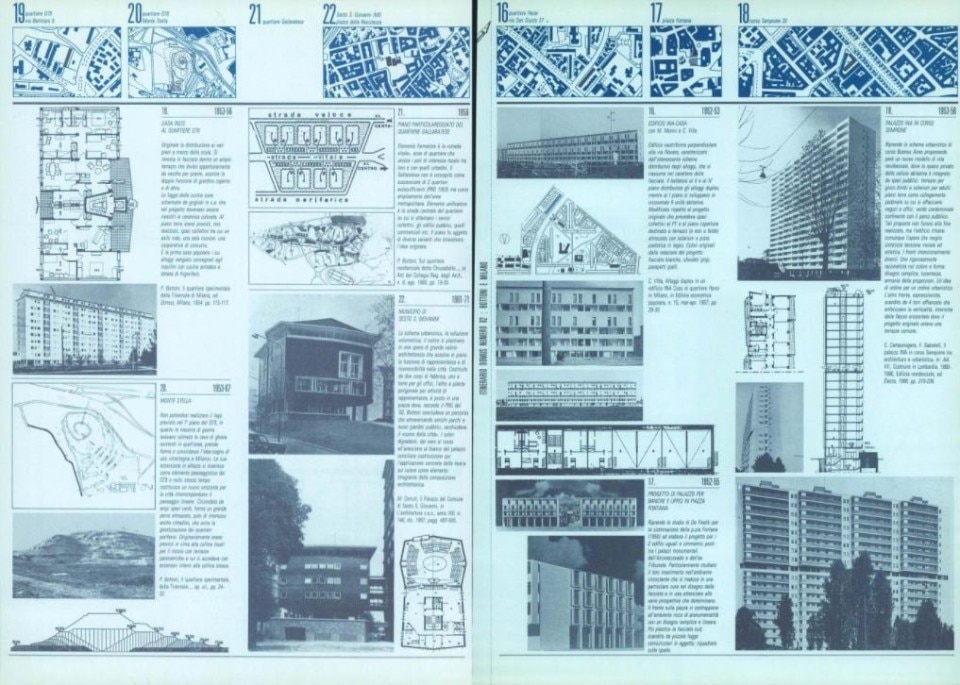
Completed works in Milan
Sopralzo Combi, via Settembrini, 1945-1949; Building, via Vigna 6, 1948-1950; Casa Zucchini, via Barzoni 1, 1948-1950; Building and sheds, via S. Geldino B, 1948-1950; Saccai system house, via Sant’Elia 62, 1952-1954; House, via Verro 80, 1951-1953; Belgian cottage extension, via Diomede 18, 1951-1955; Social center, via Pagano, 1954-1957; Comasina district buildings, 1955-1957; Star houses, via Cimabue, 1955-1959; Building for offices and housing, via Cannerò, 1960-1962: Reorganization of Bianchi headquarters, via Pentoli, 1961; Group garage, via Brentonico, 1961-1962; Building, via Resegone 3, 1962-1966; Monument to the Resistance, piazza della Resistenze, Sesto S. Giovanni, 1962-1963.
Documentation related to his activities
Piero Bottoni Archive. Department of Architecture Design. Politecnico of Milan. Icfr P. Bottoni Archive, Descriptive guide, Clup, 1988 / General bibliography: G. Consonni, L. Meneghetti, L. Patene, Piero Bottoni. 40 anni di battaglie per l’architettura, Controspazio, 4 ott. 1973 / “Piero Bottoni e Milano, un intellettuale per la costruzione di una nuova città”, exhibition curated by Consonni, Meneghetti, Origoni and Tonon for the Provincial Festival of Unity, Milan, 1980 / 1930-42: La città dimostrativa del razionalismo europeo, curated by L. Carezzo and R. Pozzi, Franco Angeli, 1981. pp. 250-271 / G. Tonon, Piero Bottoni: le ragioni del Moderno, in QD, Quaderni del Dipartimento di Progettazione dell’Architettura, Politecnico of Milan, 1988, Clup., pp. 32-43 / AA.W. Piero Bottoni highschool name, Edistudio, Milan, 1988 / G. Tonon, Piero Bottoni. Gli anni della formazione tra modernità e tradizione, in Urbanistica, n. 95. giu. 1989. pp. 45-56 / G. Tonon, Estetica d’assieme. La complexity of rationalism in the documents of the Archivio P. Bottoni, C. Carpeggiani, L Paletta (a cura di). The design in architecture, Guerini e assoc., Milan, 1989, pp. 109-114 / G. Consonni, L Meneghetti, G. Tonon (a cura di), Piero Bottoni: Opera completa, Fabbri Editori, Milan, 1990.
Opening image: Ina-casa in via San Giusto in the Harar district, Piero Bottoni with Mario Morini and Carlo Villa, Milan, 1951-53. Courtesy Archivio Piero Bottoni, Dastu, Politecnico di Milano


